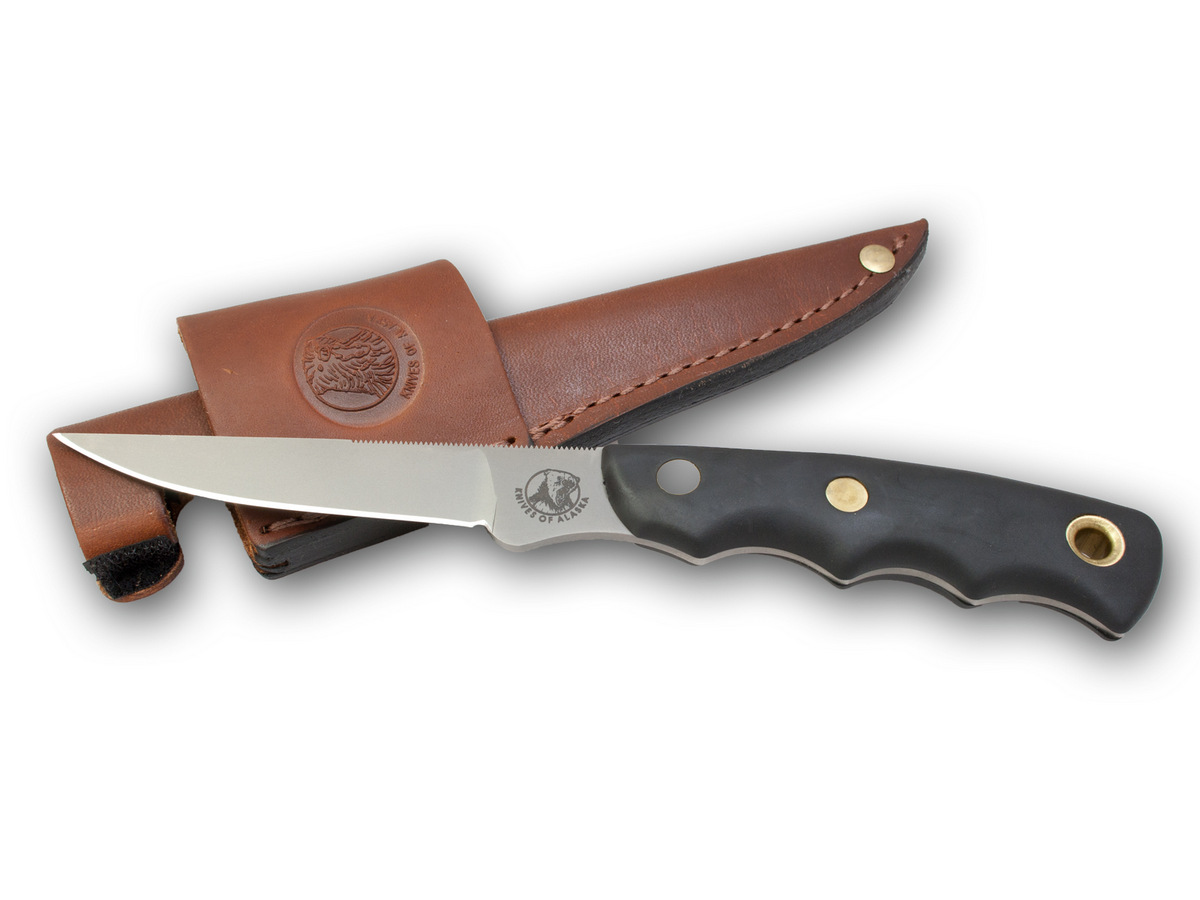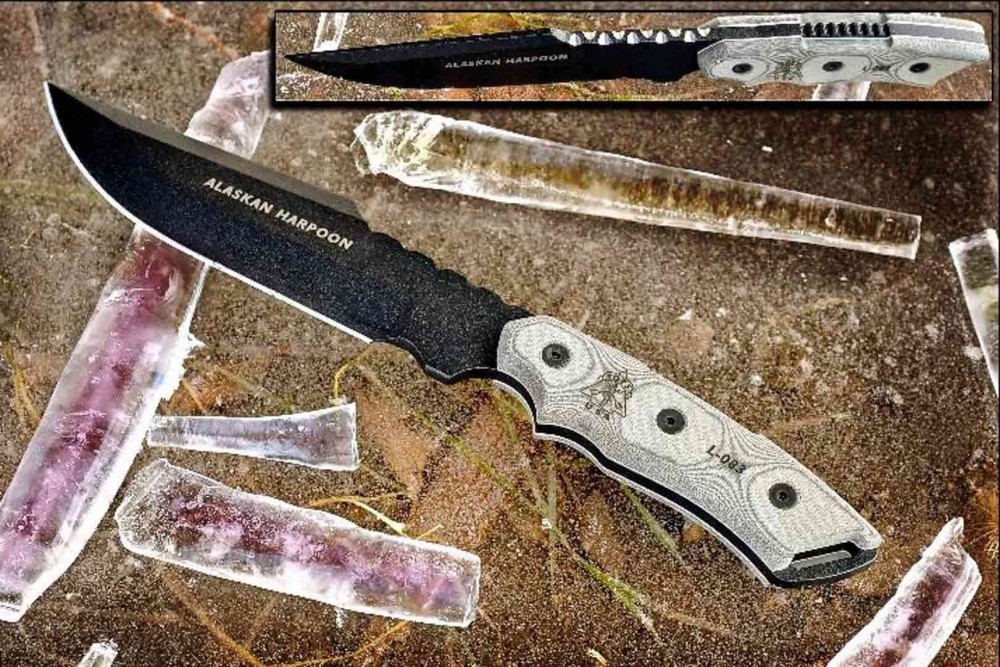Unknown Facts About Bmerry Studio
Wiki Article
Bmerry Studio Ulu Knives for Beginners
Table of ContentsThe Basic Principles Of Alaskan Ulu Knives Little Known Facts About Bmerry Studio.The Best Guide To Bmerry StudioThe Definitive Guide to Bmerry Studio Ulu Knives
I will certainly presume that the width and angles will certainly be playing to the strengths of each of the grinds. Assume of how a cavern curves in, or assume "con-cavity".
A complete hollow work goes from the side right up to the spinal column. The Black Widow Caper visualized above is virtually a complete hollow work; you can see that a bit of the stock on the spine is still left unground. The hollow grind is prominent for both manufacturing and also handmade blades.
Transforming wheel dimension can be pricey for manufacturers and handmade manufacturers alike, which may restrict hollow ground designs to particular sizes, or incur extra costs to make a particular design. The hollow grind is usually done on a thin blade, and afterwards ground to have a slim side. As I described in my write-up on Blade Edges, thinner sides are a little weaker but they also cut far better than thicker edges.
6 Simple Techniques For Bmerry Studio Ulu Knives
If you combine a hollow grind, a thin edge, as well as a great deep tummy, it will certainly be just one of the very best cutting blades you have actually ever had. One benefit of the hollow work is that the blade does not boost in density as significantly as other grinds do. This implies that as you sharpen the side, it will certainly stay almost as thin as when you first got your knife.The hollow work does have a drawback obviously. Considering that there is less material supporting the side, it can chip or roll over with difficult use which make hollow grinds unfavorable in huge layout blades like machetes. If you need your blade to be a supreme slicer, the hollow work will carry out admirably.
Hollow grinds are common on searching and skinning blades consequently. Another blade that makes use of the hollow grind is the straight razor. The incredibly thin edge you can attain with a hollow grind permits for simple push reducing with the straight razor.: Great slicing ability, simple to sharpen, easier to make (can be subjective).
The complete level grind is as it appears - the grind goes all the method down from the back to the edge bevel in a level, direct slope. The level grind is one of the most functional grinds.
5 Simple Techniques For Bmerry Studio
Or it can be a balance in between the 2. Most level grinds are an equilibrium between the two, though it will certainly depend upon the design. The full flat work is thickest at the spinal column for stamina, but tapers down right into a fairly slim edge for outstanding cutting. More steel is gotten rid of from the sides, permitting simpler slicing as well as enabling the blade to move via mediums easier.The level grind's key bevel slopes linearly and gradually. This enables the full flat work to pass this link with materials with more convenience than various other grinds who incline non-linearly (hollow), or at steeper angles (sabre). This is why the majority of kitchen blades are flat ground - so they can travel through food easily without much resistance.
If somebody says "sabre hollow ground" you understand the blade has a hollow work that starts partway down the blade. The change line between the primary bevel and the unground part of the blade is described as the Sabre Line. The sabre grind is made use of when the maker wants a more powerful click here to find out more blade.
The carve work is not ground on one side at all. The knife imagined above, and the account diagram photo to the left, are both sabre carve grinds.
Bmerry Studio Ulu Knives for Beginners
A complete sculpt grind would certainly have the bevel go all the way up to the back (BMerry Studio Ulu Knives). The chisel work is easy to make, as you just need to grind one side, and you do not have to make the work in proportion with the various other side. The sculpt grind is also easy to hone for the same factor - there's just one side to develop (and afterwards strop off the burr).
The reduced sabre grind produces an obtuse main bevel angle, integrated with a sculpt grind, makes for a very thick and tough edge.: Superb toughness, excellent cutting (depending upon angle), simple to hone, can have excellent cutting capability (again - angle).: In some cases found in choppers such as machetes or various other bushcraft blades.
Report this wiki page